Mountainous ranges of multi colored deserts, wells and sulfuric springs, palm oases sprouting amid soft sand dunes, beaches, bays and crystal clear waters all combine to form an integrated natural palette that attracts many fans of camping amid a world of pristine immaculate life.
“Safari trips” are one of the most famous types of field trips in Egypt. Their pristine places make them a destination for this kind of tourism, especially since these places bring together the original tranquility and fragrant history with the splendor of wild nature.
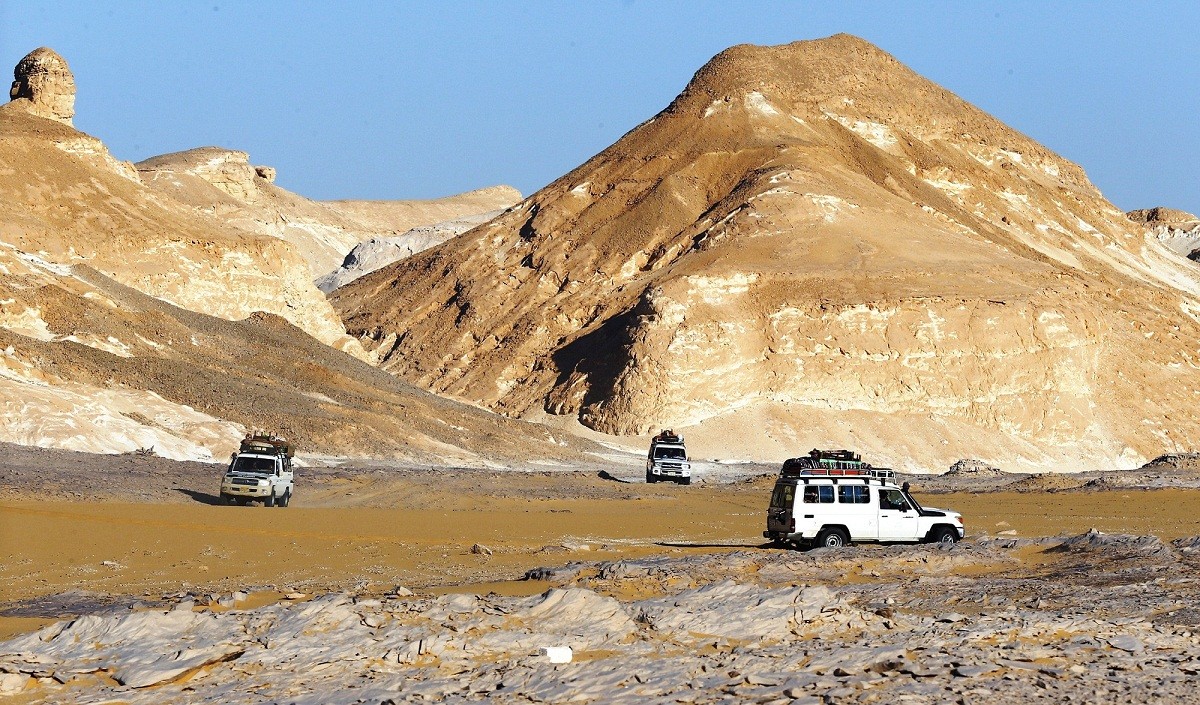
It was European travelers who started this of journey began by European in Africa in the 18th century. They were mainly for the purpose of tourism and wildlife control and for enjoying the African continent, where they usually relied on the local Africans as guides on these trips. At the beginning of the twentieth century, the idea of "safari" culture founded a more educational sub-type of tourism later named ‘scouts’ founded by the British Lord "Baden-Powell" in 1907, which seeks to develop youth both physically and culturally.
In Egypt, this type of trip has spread to several regions, notably Sinai, and particularly Dahab, a town located on the Gulf of Aqaba, which is about 100 kilometers from the city of Sharm el-Sheikh. Situated 87 km away from the city of Nuweiba, it is famous for its golden sands thus granting it the name “Gold” or "Dahab", where it is also known for its pristine beaches and coral reef diving sites.
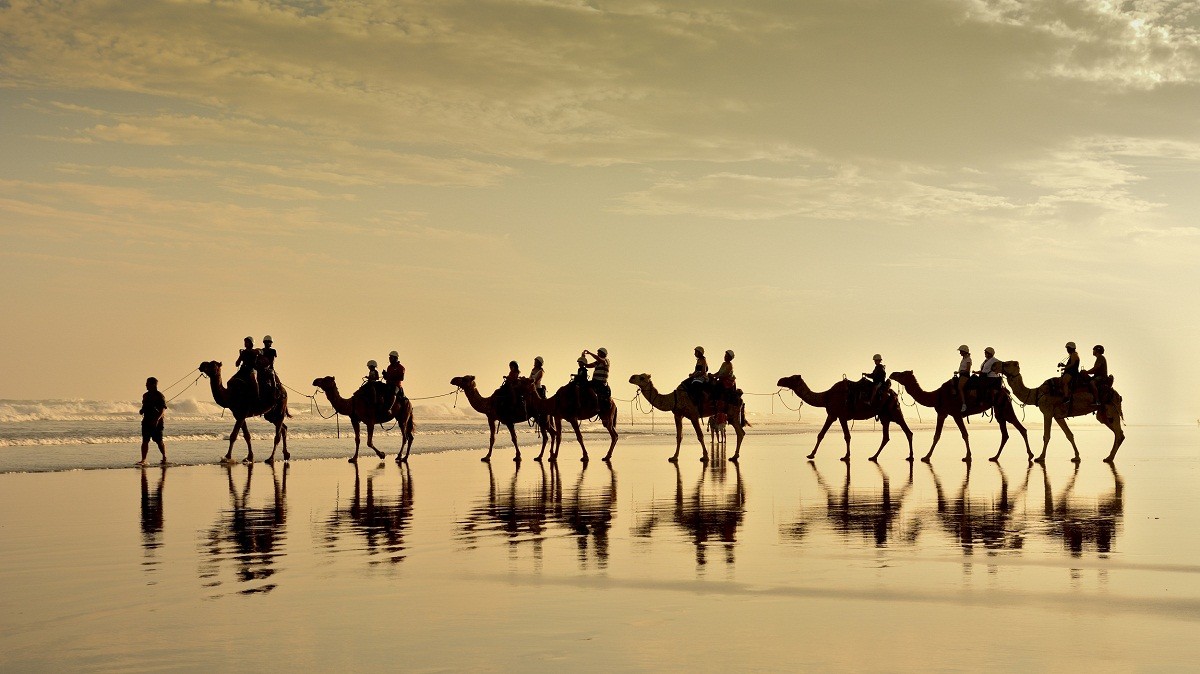
The city of Dahab is a hub for Safari sports as it is well known for its scenic nature and history. It is a sea port on the Gulf of Aqaba and was simply a warehouse for goods used by the Bedouin tribes known as the Nabataean Arabs from the second century BC until the year 106 AD and in the nineties of the last century after which it started to expand. It has become a popular location for parachuting enthusiasts, mountain hikers, safari sports fans, and anyone who wants to enjoy the mountainous and desert nature, away from the bustling tourist attractions. It also provides a hub for enjoying the sandy beaches full of unique Bedouin tents in addition to many venues for desert sports, camel rides, safari trips and diving.
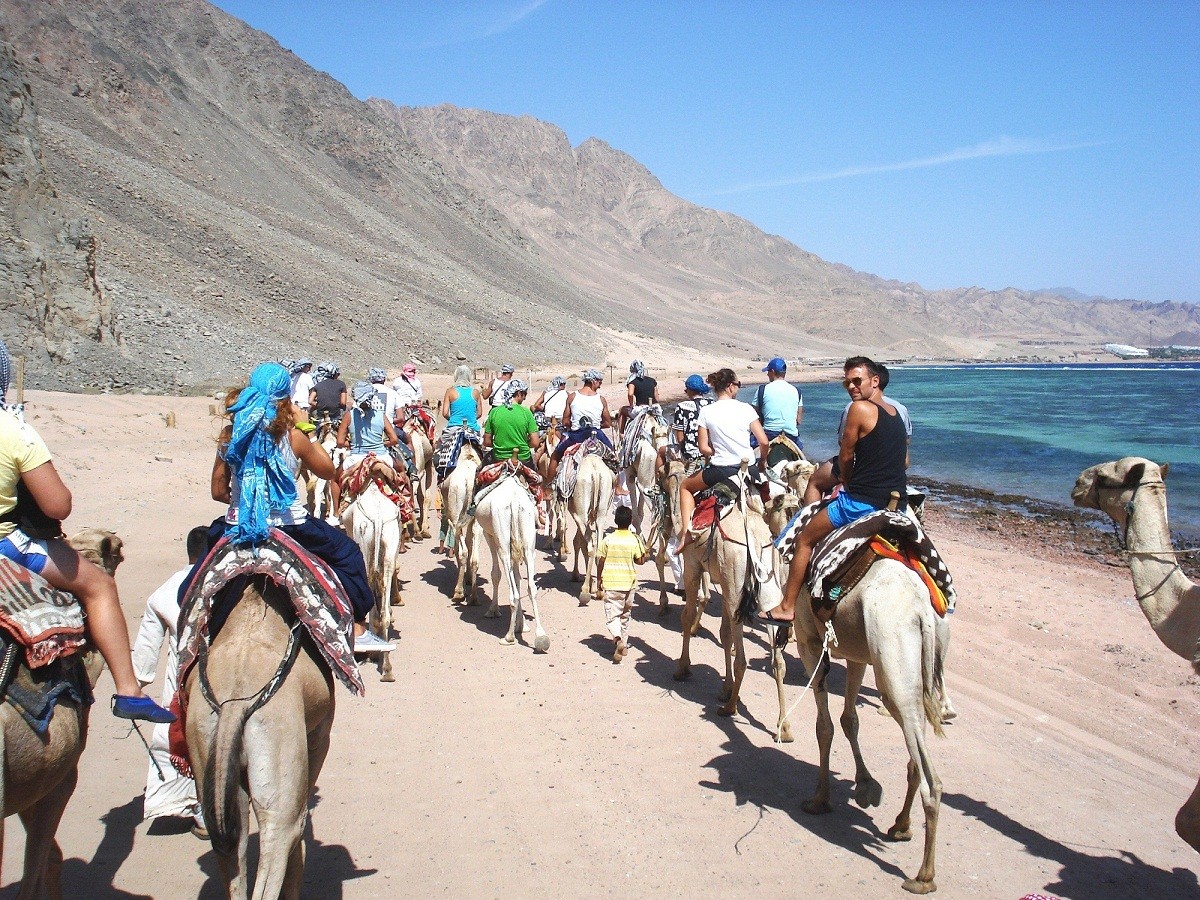
The Sinai Peninsula is also rich with mountain ranges of various colors and shapes with a number of oases, archaeological and religious sites. The only way to discover them is through road trips, whether by four-by four cars or camels. Routes usually vary, with some heading towards the mountains such as Mount St. Catherine, Jabal Musa, Ain Sokhna. This route is usually requested by Mountain Safari fans, who enjoy watching desert animals and migratory birds, while others head to the valleys and springs, the most famous of which is the “Kudairat Spring” in the Kaseema area, in addition to Oyoon Om Ahmed, Fertaqa, Fairan Oasis, and the multi colored valley which is one of the wonders of Sinai. This valley is a maze of yellow, purple color, red and golden sandy rocks that rise up to 40 meters in some places.

As for hunting fans, they usually follow the trails of Al-Arish, Sheikh Zuwaid and Rafah of North Sinai, or the nature reserves of Southern Sinai, which create a perfect habitat for Safari Tourism. The most famous one is Ras Mohammed, which is located at the meeting point of the Suez and Aqaba Gulf. With its famous coral reefs, endangered sea turtles and rare aquatic organisms, it creates a sanctuary for many rare birds and animals, including the Nubian Ibex in mountain regions and many species of reptiles and insects.
Annual festivals for camel races are held in the northern and southern regions of Sinai, as it is a well known Bedouin sport. Such events host a large number of tourists who enjoy Bedouin folklore carnivals. Also, car and motorcycle races are routinely held in the Sinai trails.
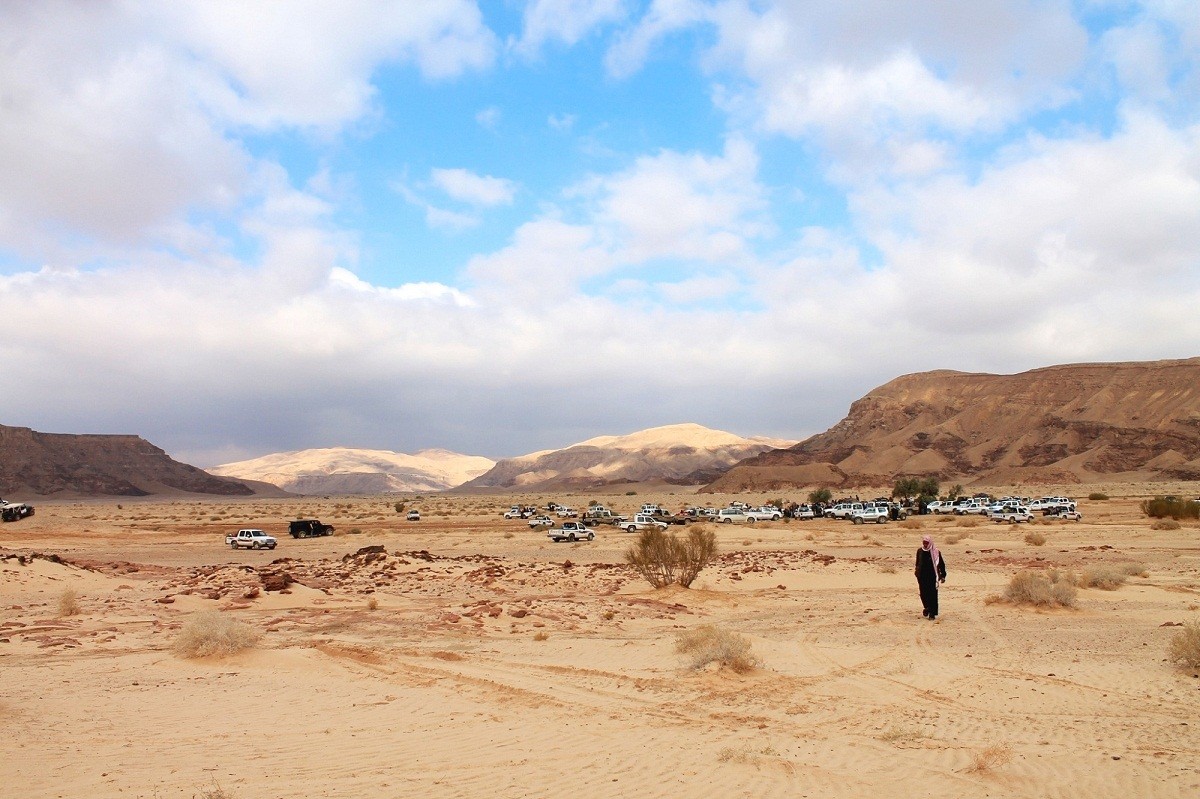
As for the Red Sea, hikers and camel and horse riders seek its connected mountains setting up their tents in the valleys. There are also many paths and tracks established for car and motorcycle races. It is there that tourists meet with the indigenous people of the oases for late night parties and roasted dinners in the traditional Bedouin way.
In addition the Siwa Oasis, located about 300 km from the city of Marsa Mattruh, is one of the most tourist-rich destinations for Safari tourism as it ranks as one of the nine most isolated sites on the planet. These characteristics turn it into camping and medical tourism fans.
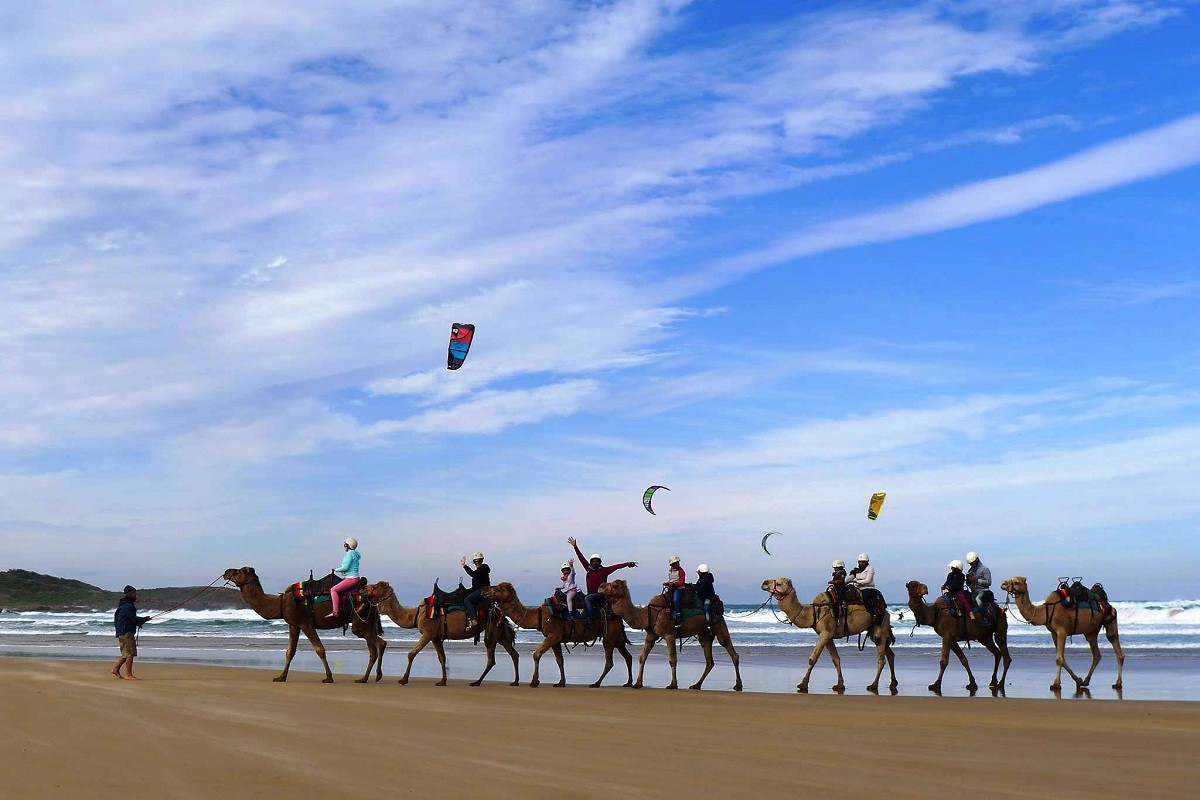
Although the “New Valley” is famous for its Safari Tourism, it is also an open museum used to study desert environments, geological phenomena, fossils and wildlife. It also contains prehistoric carvings and mummies, as well as a range of rare tombs and caves. In addition, it encompasses geologic carvings of the limestone rocks in their unique forms that extend along the white desert, which are usually selected as campsites by visitors. There is no other place that displays this vast number of stars in the sky, as is displayed in the Milky Way, clearly visible above the rocks.
Deep in the South-Western desert in a 7770 square km area, is the safari tourism in the Great Gulf region formed of both sandstone and limestone. It was given this name by Prince Kamal El-Din, the son of Sultan Hussein in 1926 when his convoy faced this 300 meters long gulf with its numerous valleys, such as Wadi Talh, Wadi Abdel Malik and Wadi Hamra. Its unique features are of international prominence and have characterized it as an important region in global eco-tourism.
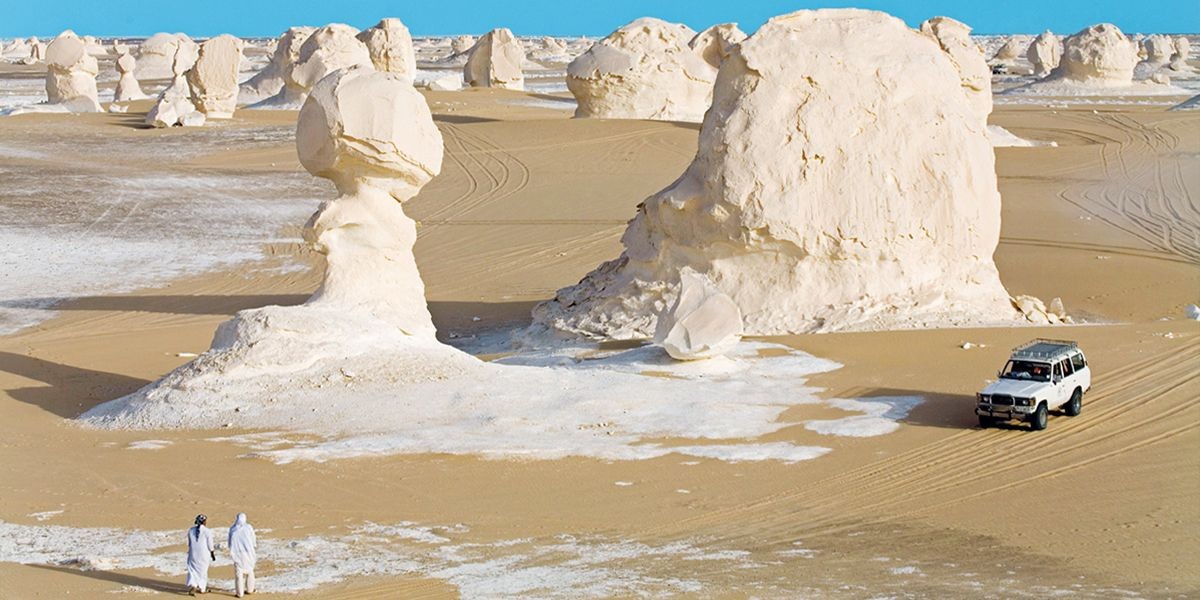
In the south, "The Trail of the Forty men", which was a trade route between Egypt and Sudan, dehydrated and scorched fossil carcasses of ancient caravans lining its two sides. Safari trips tend to be centralized in a number of areas, namely the border town of Owainat between Egypt, Libya, Sudan and the glass Silica area known for its green crystalline rocks. It is these rocks precisely which produced the green material that adorns the Tutankhamun’s necklace, indicating that the Pharaohs arrived in the area three thousand years ago. In addition to the valley, explorers found the Valleys of "Soora" and "Hamra" in addition to the "Almestekawi" cave, which contains more than two thousand images of carvings and drawings of the first humans, who had inhabited the region ten thousand years ago.

The main sources of attraction to both expat and Arab safari enthusiasts are the old volcanic craters, the volcanic rocks and the quartz formations of the region, especially the sands and the Great Gulf. They find it fun to climb the dunes that buried the armies of Kambiz and Alexander the Great, and find an appeal in the 10,000-year-old mountainous caves.




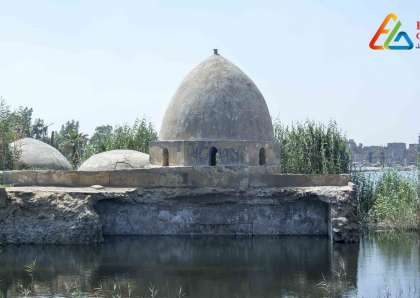
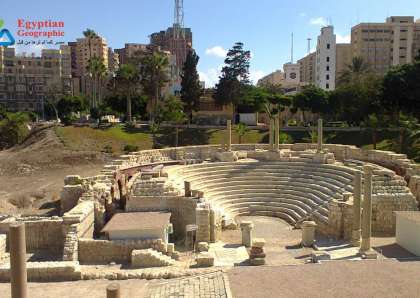




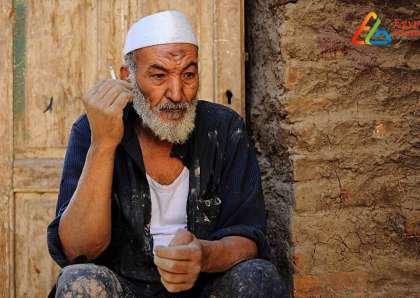








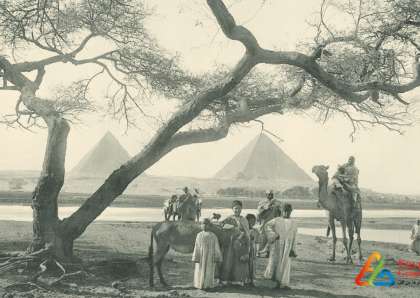








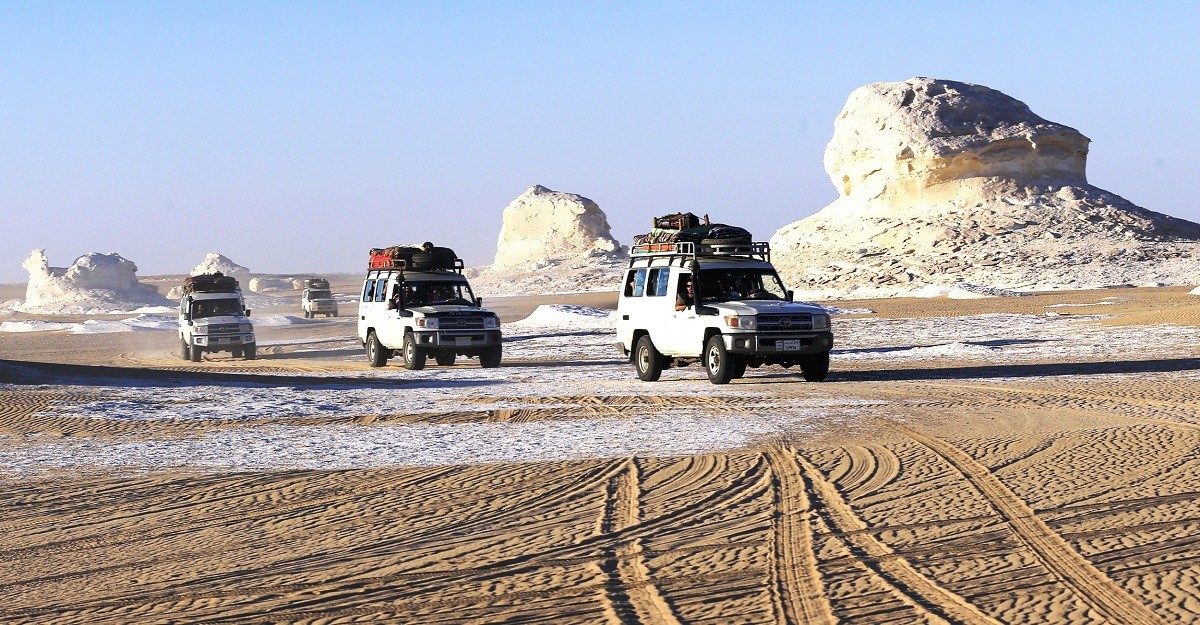









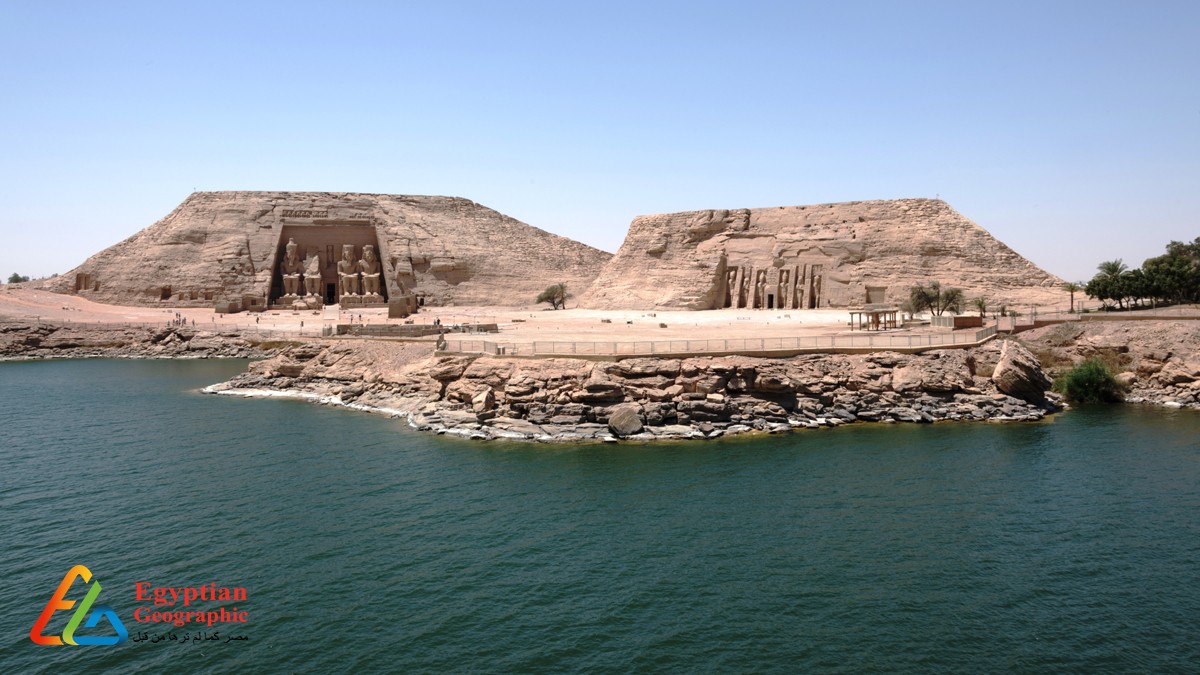
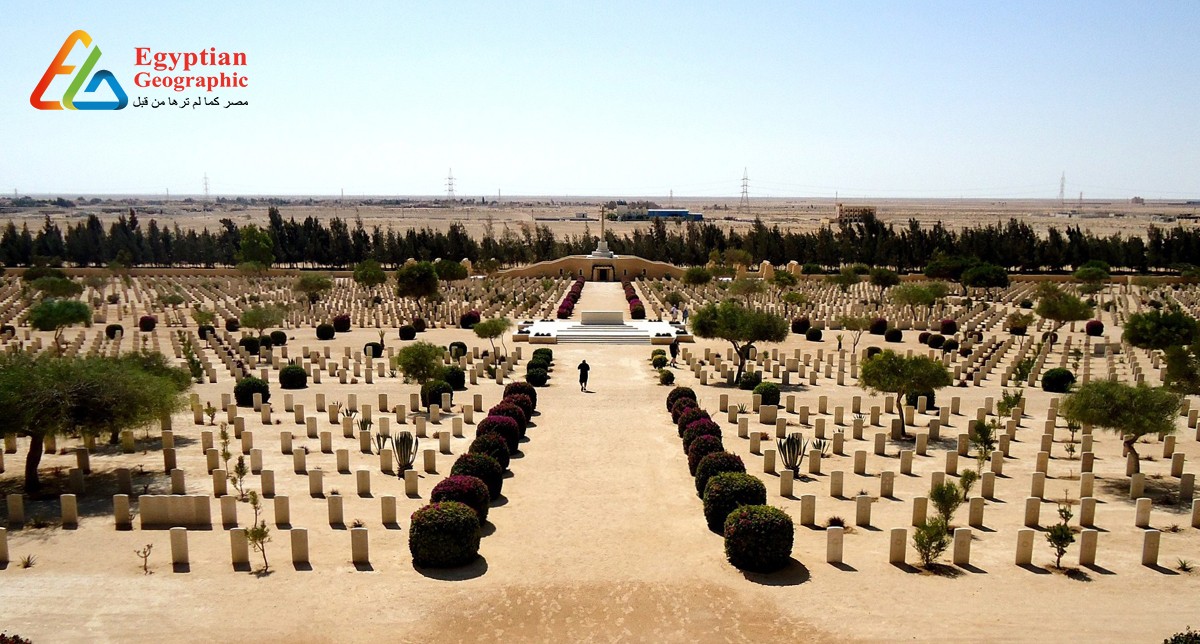
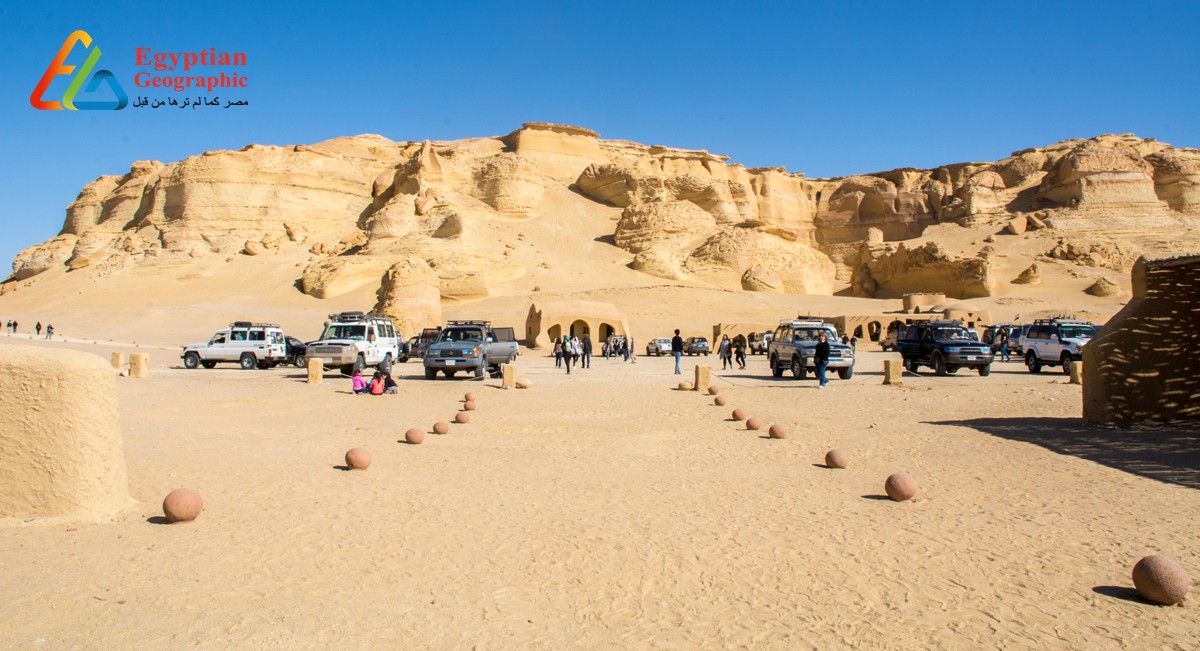


























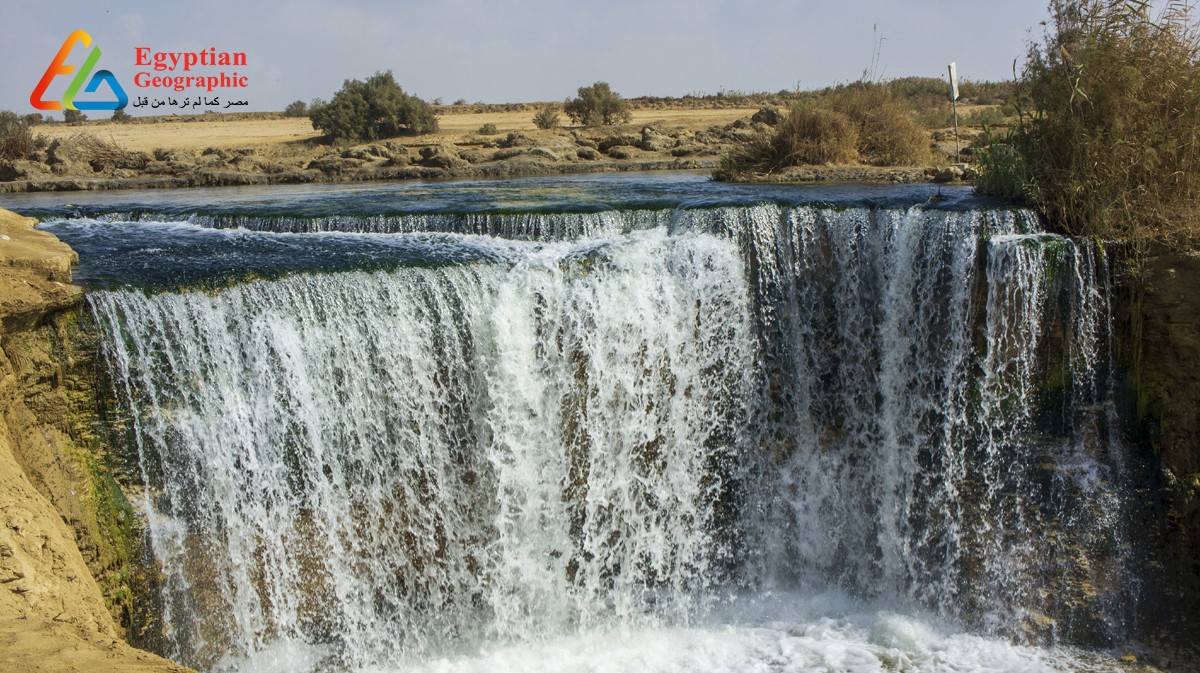
Egyptian Site & magazine